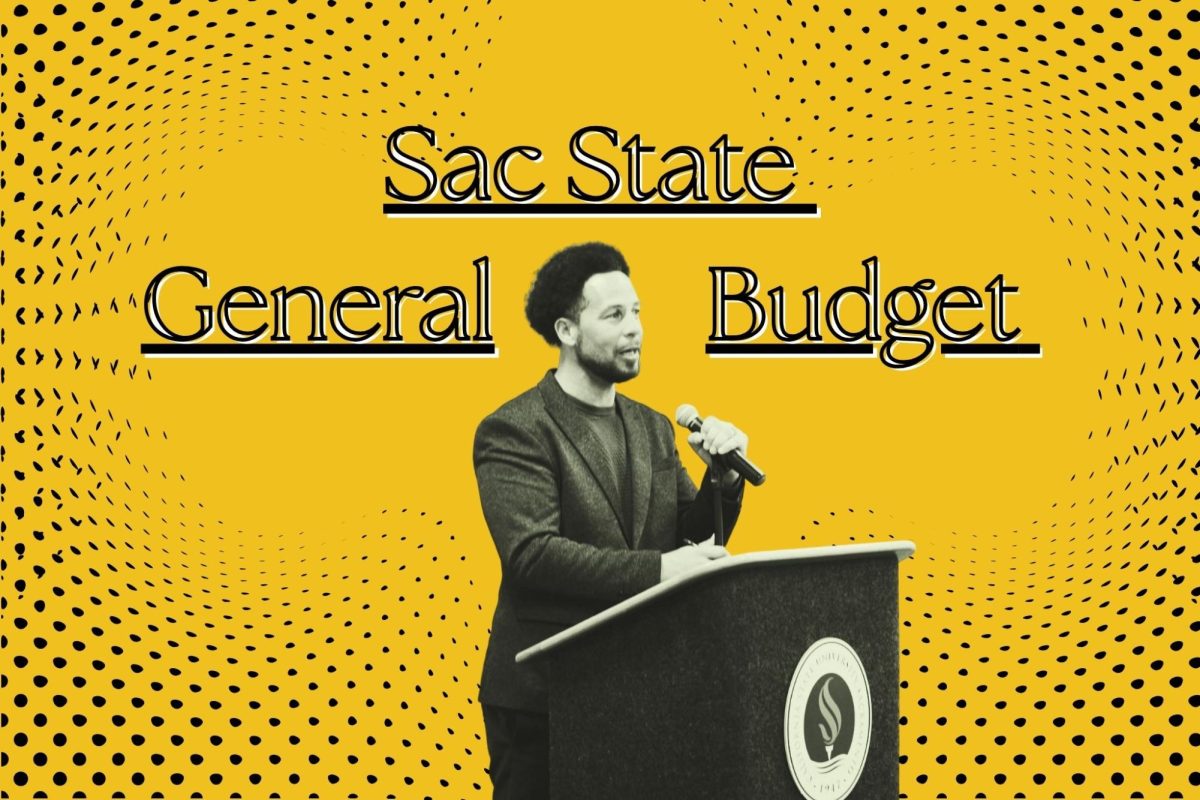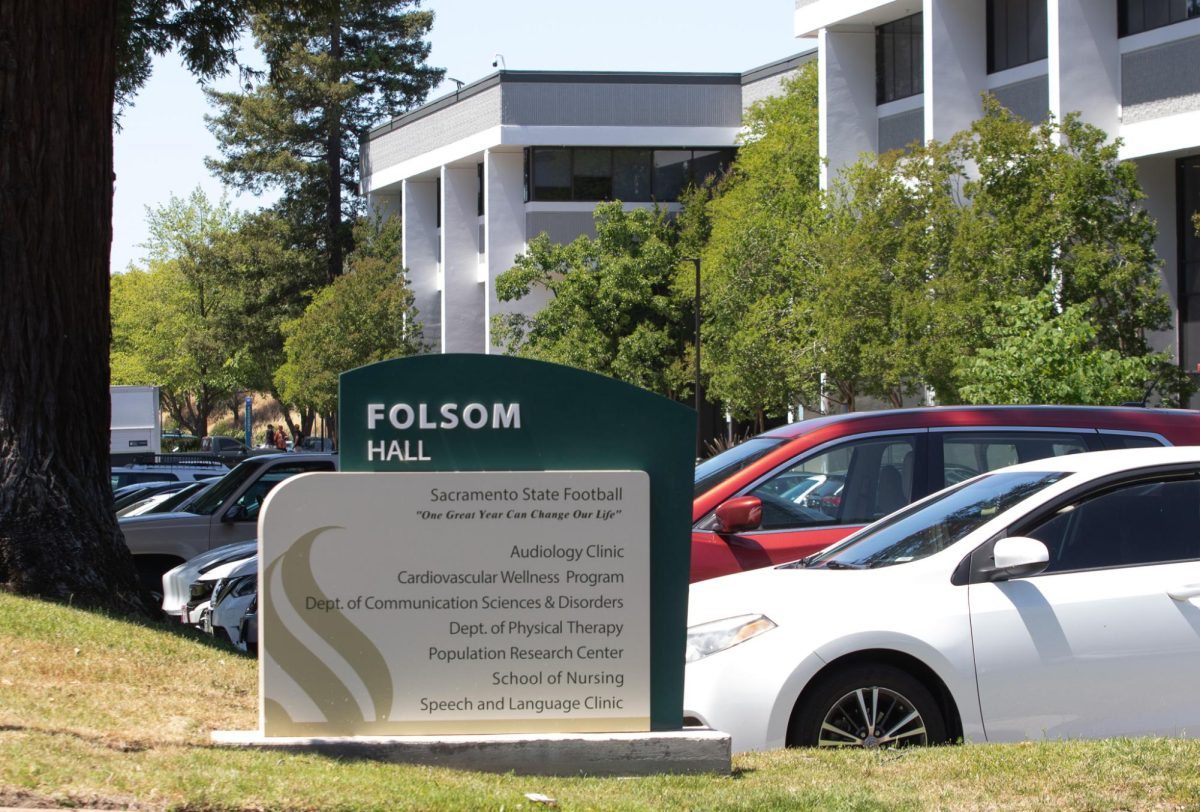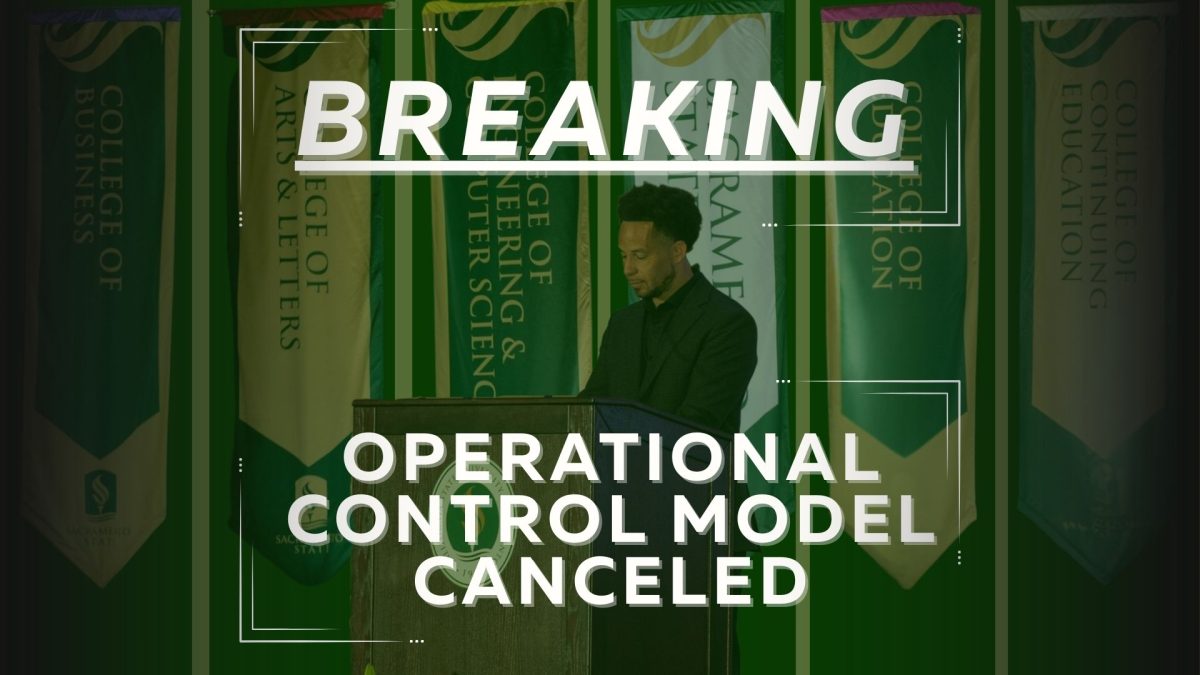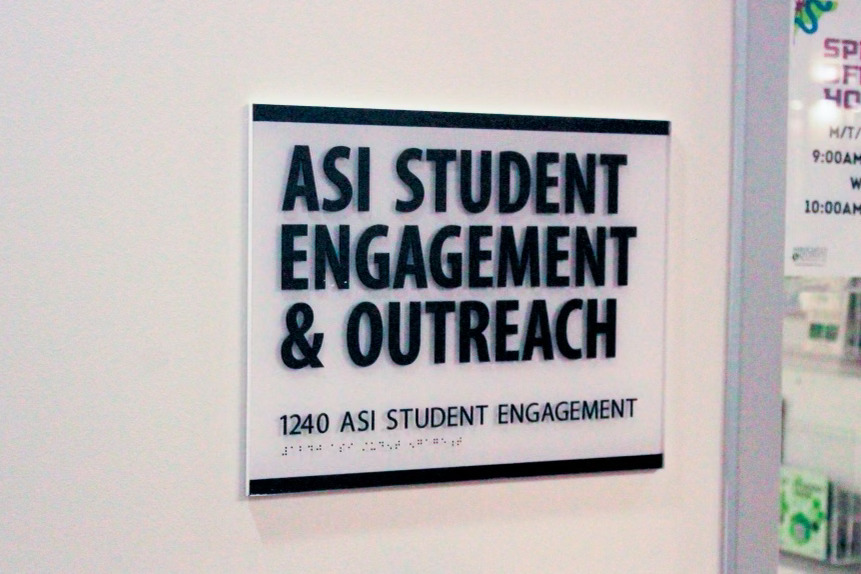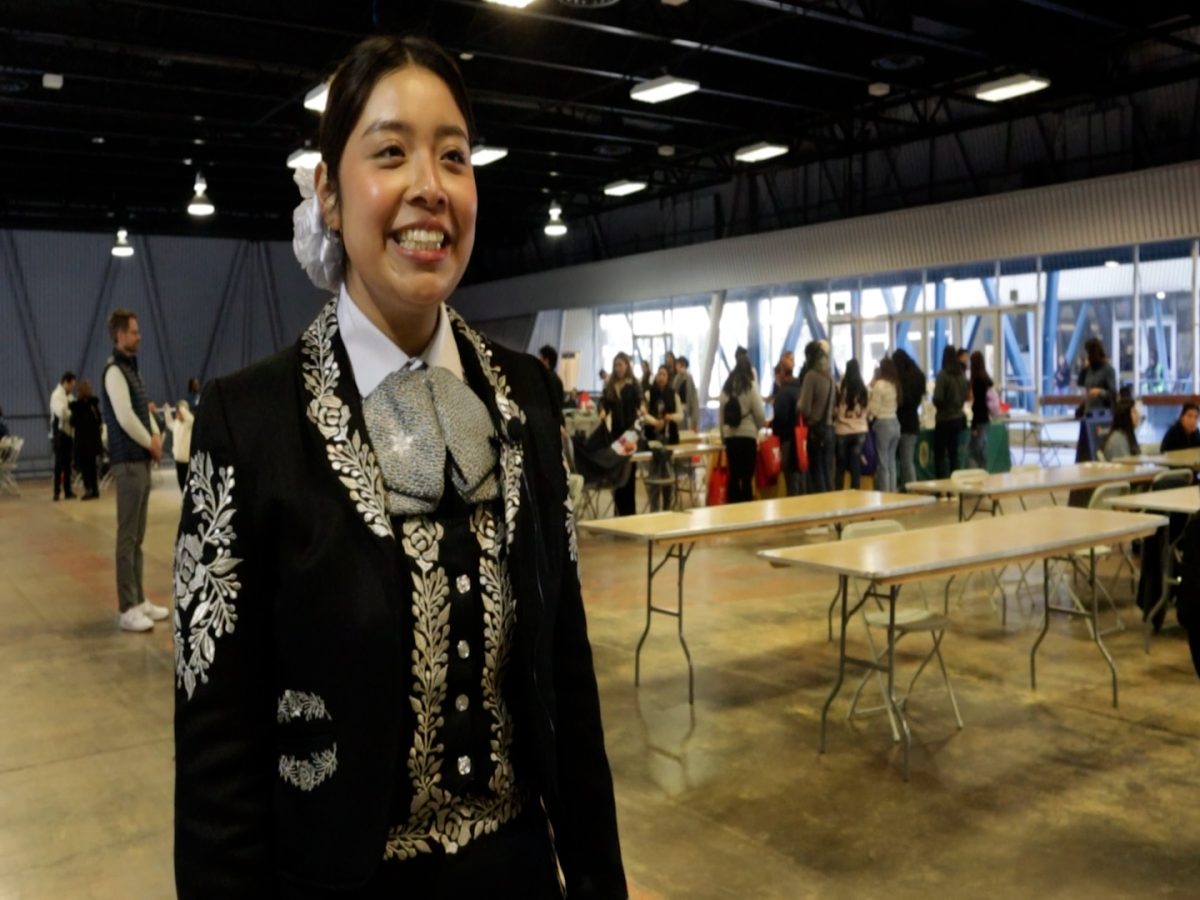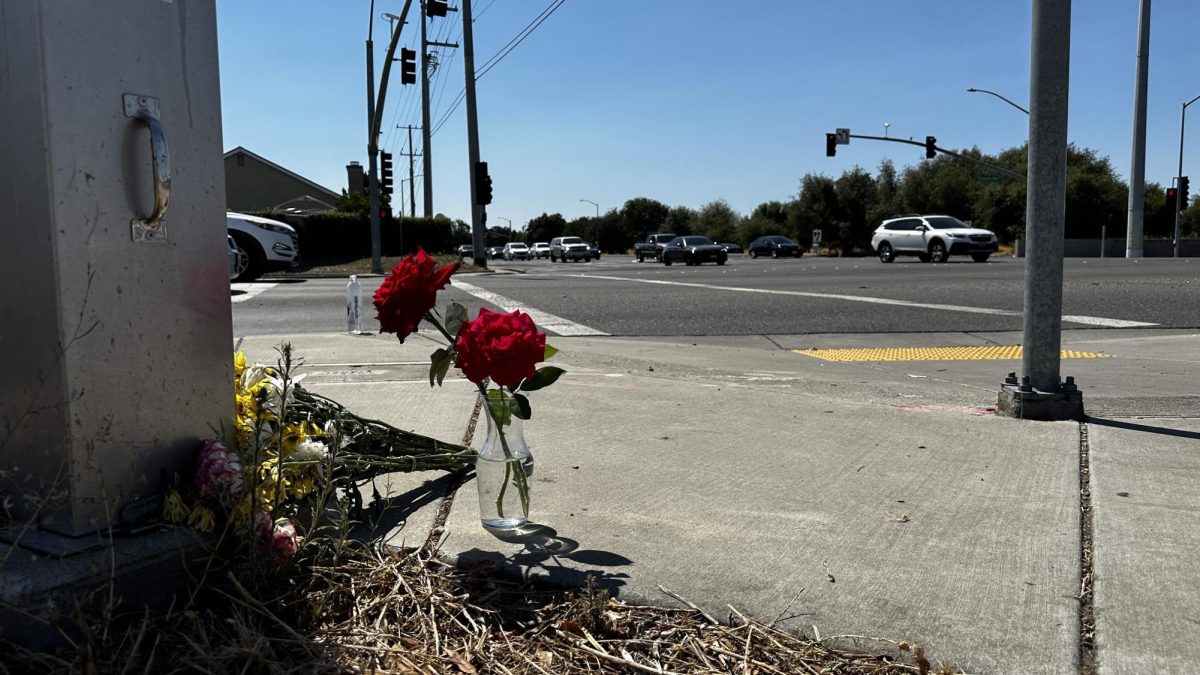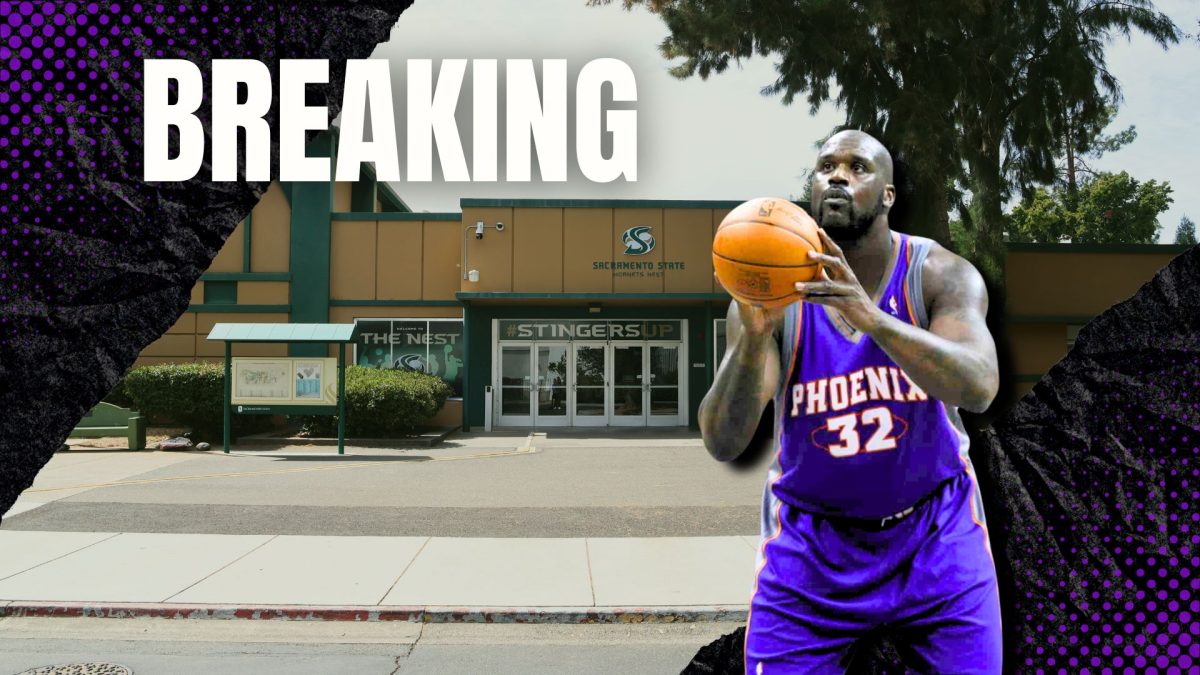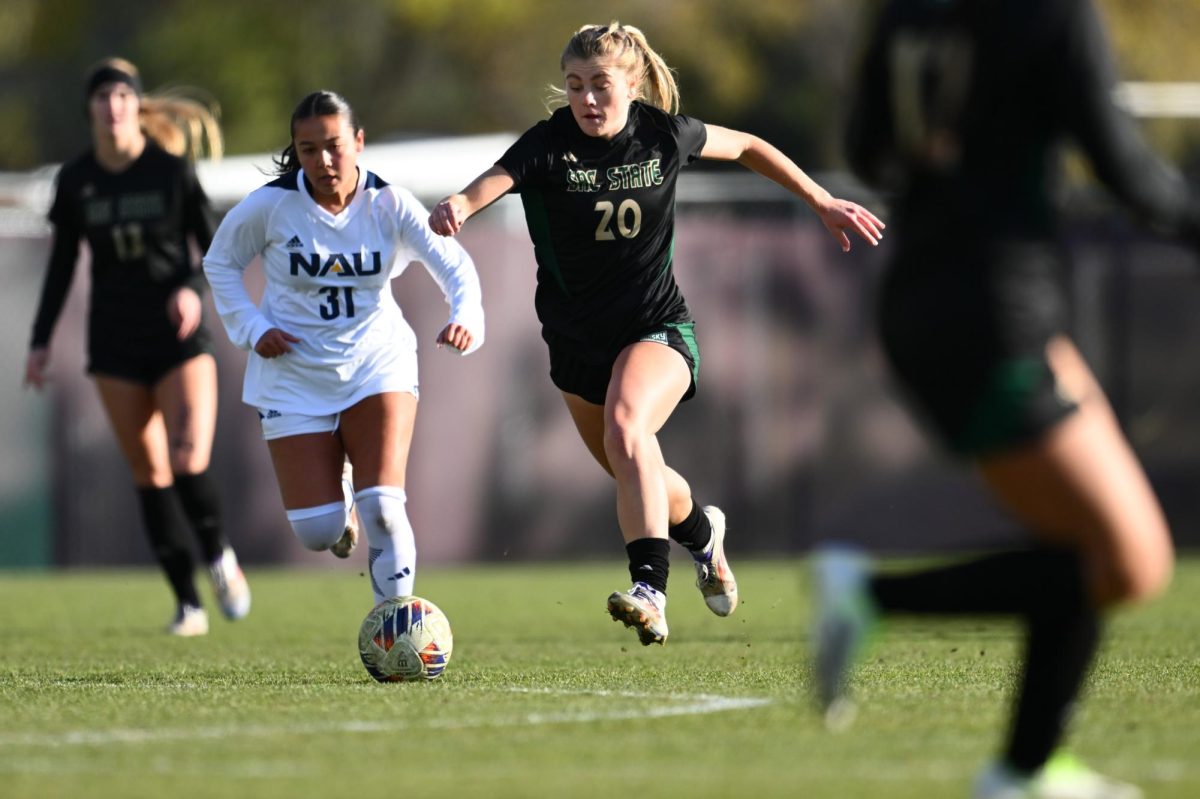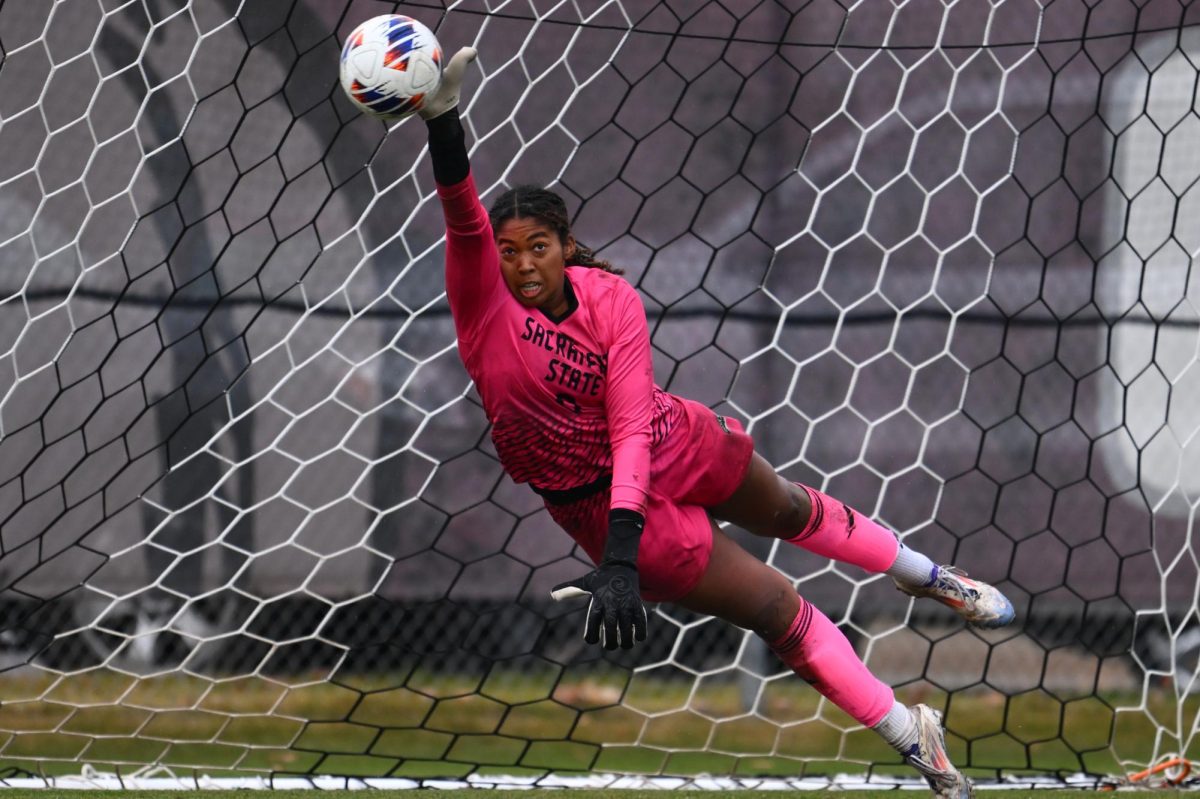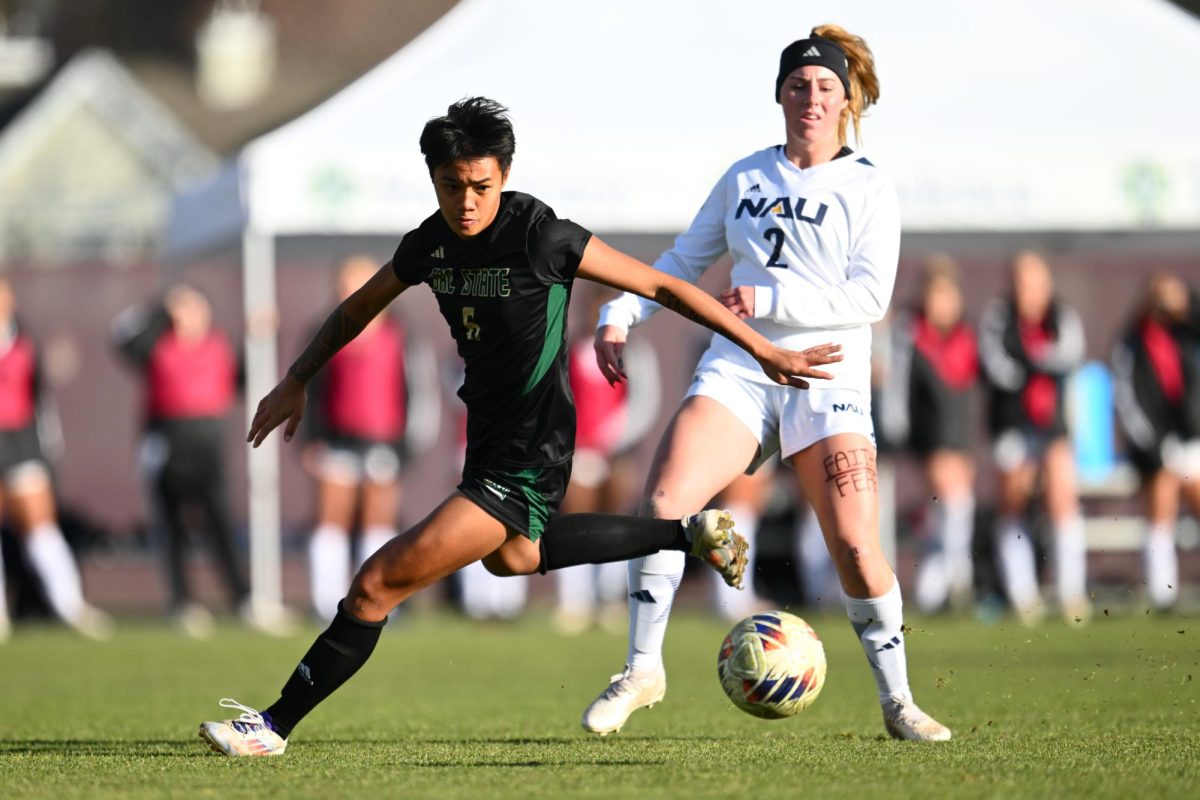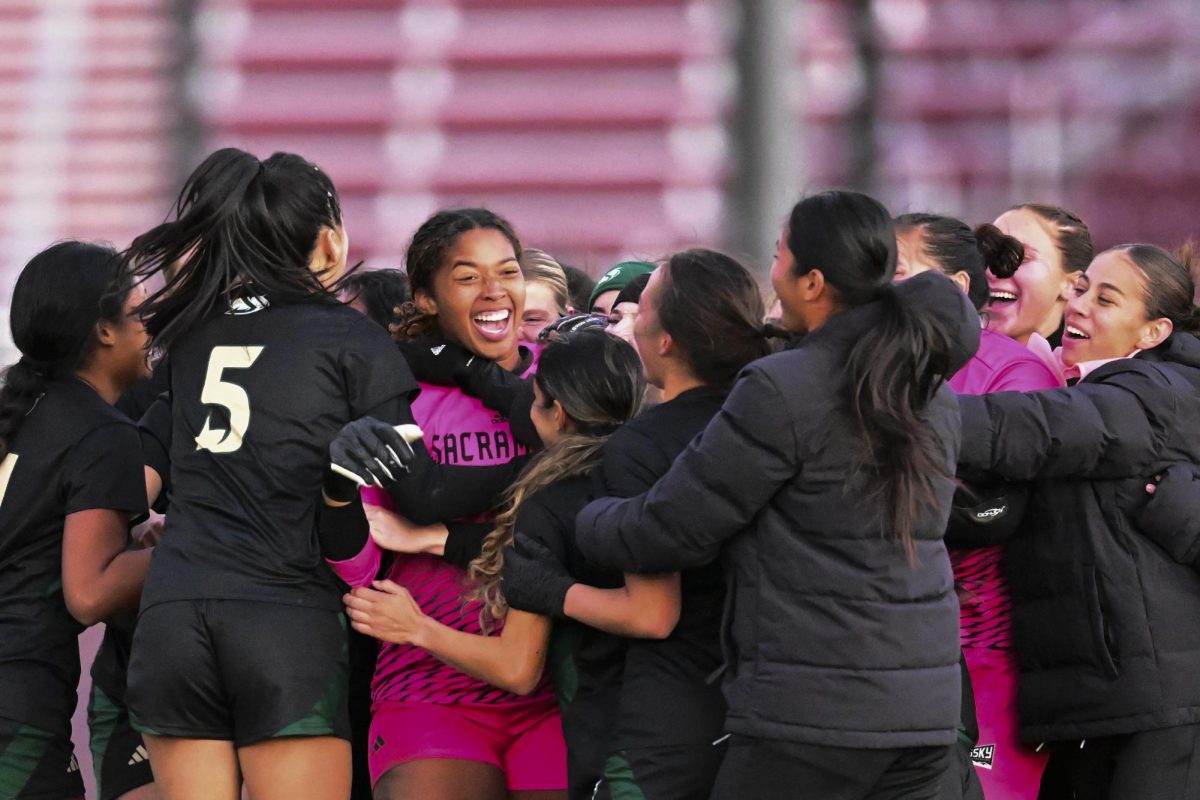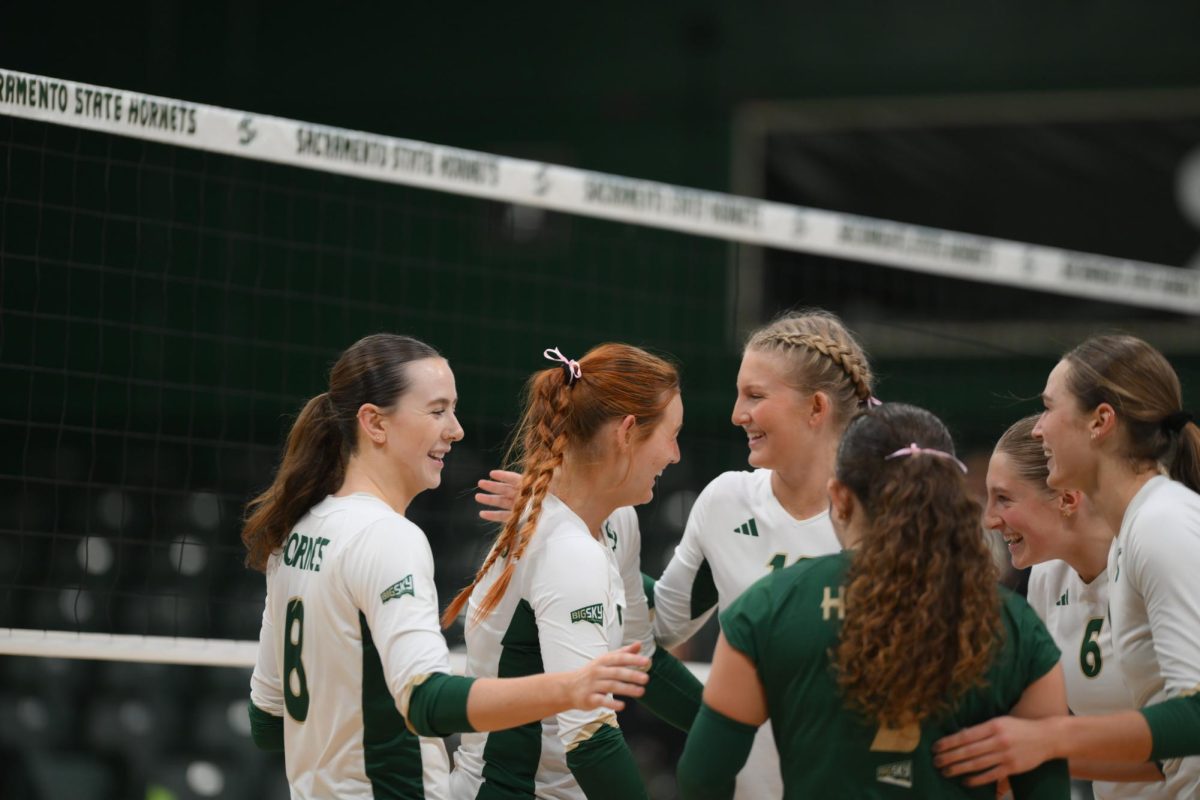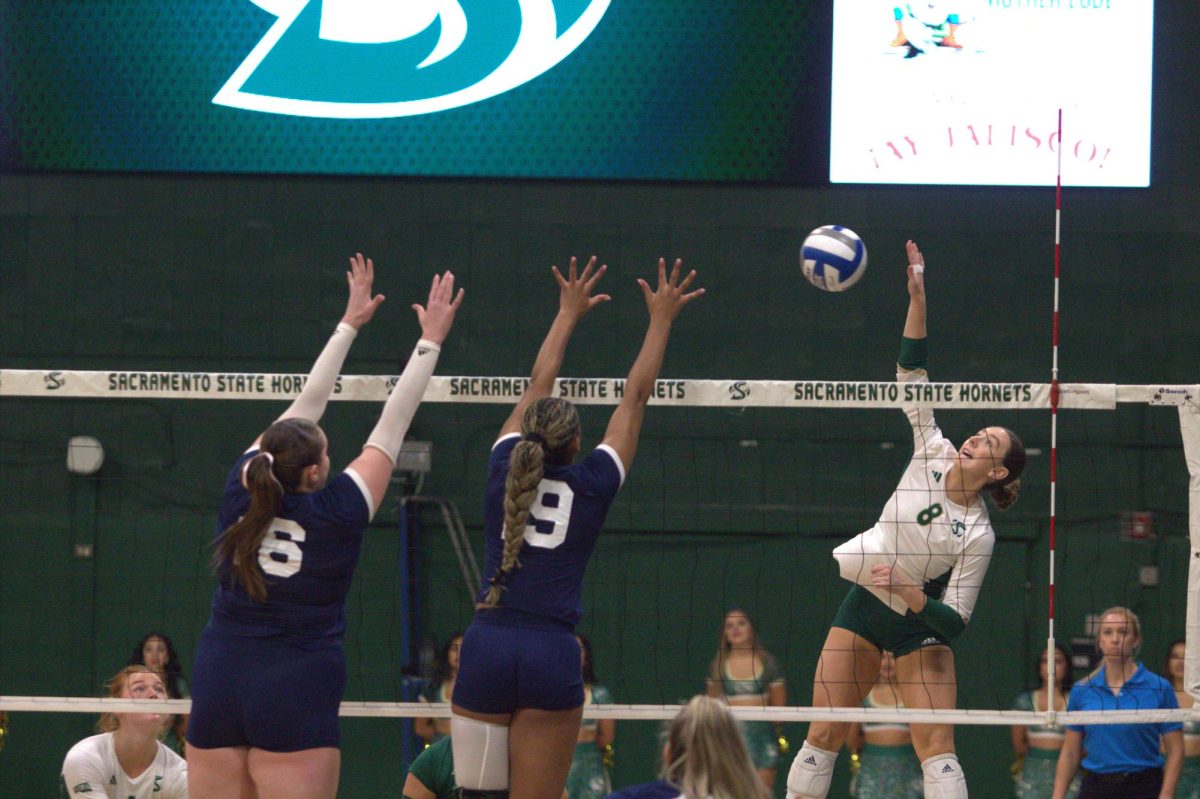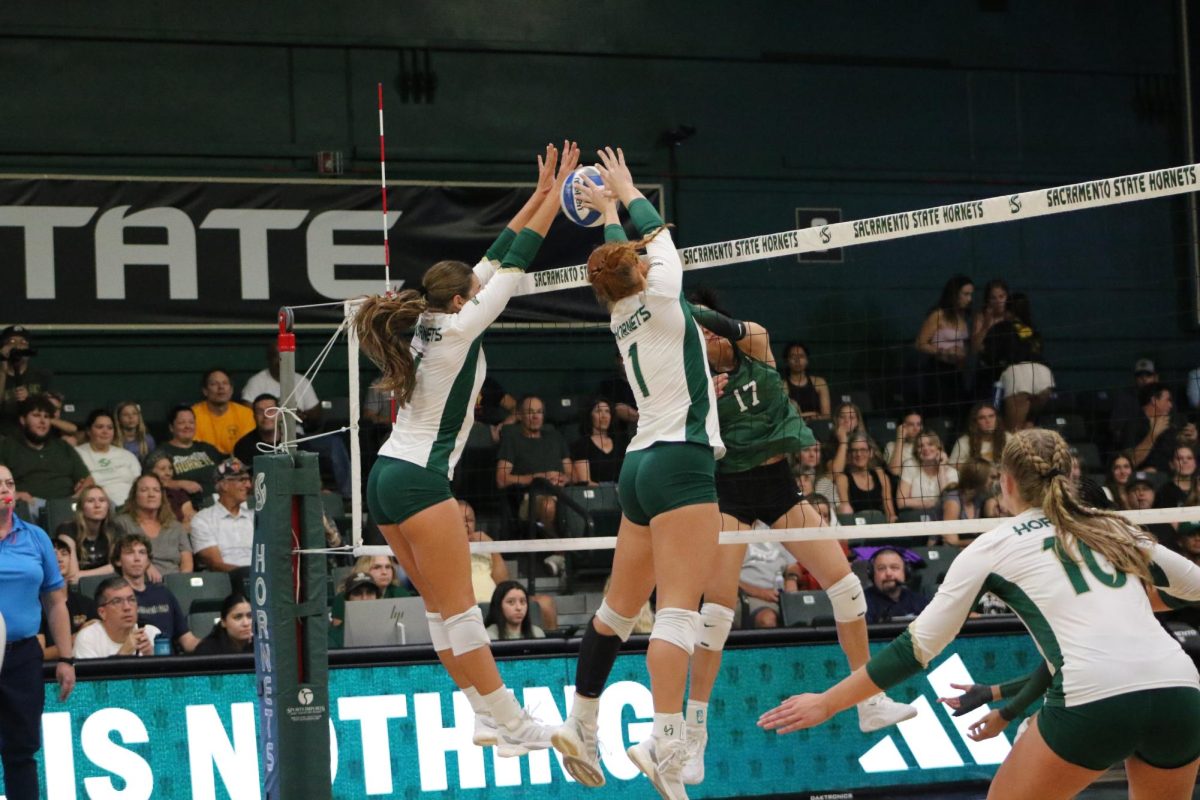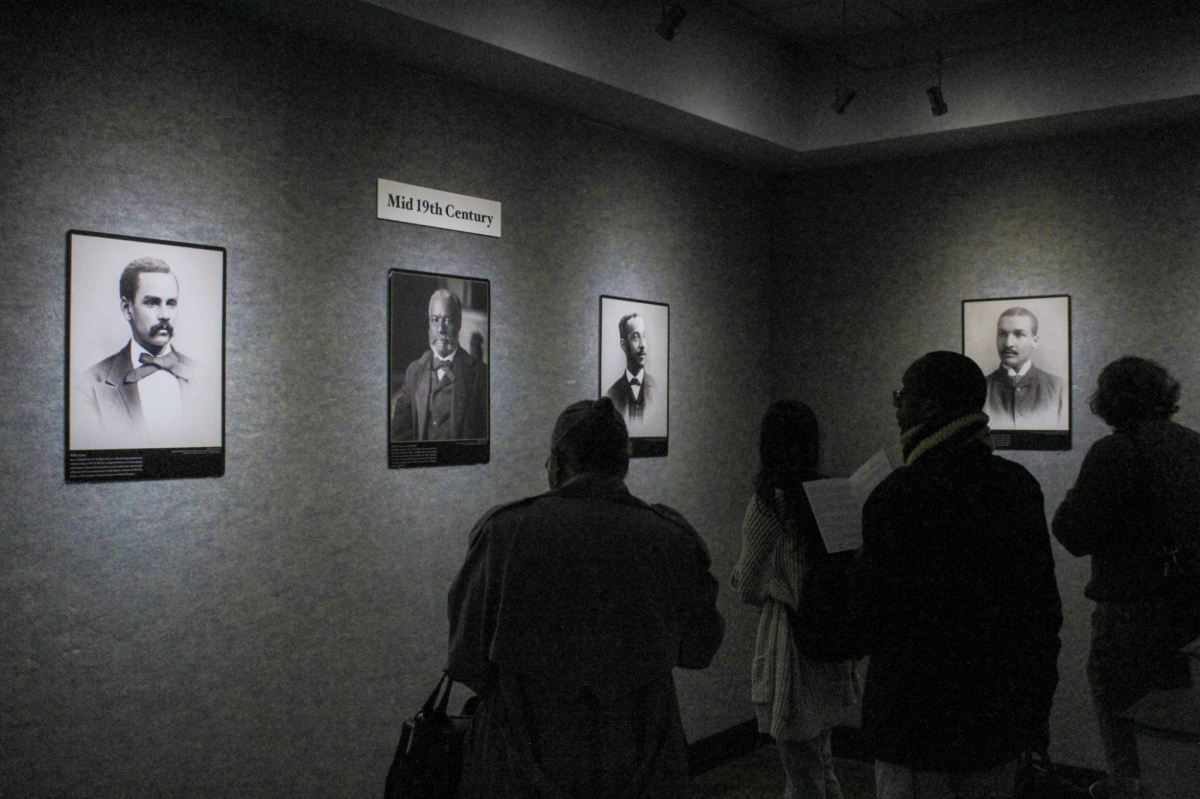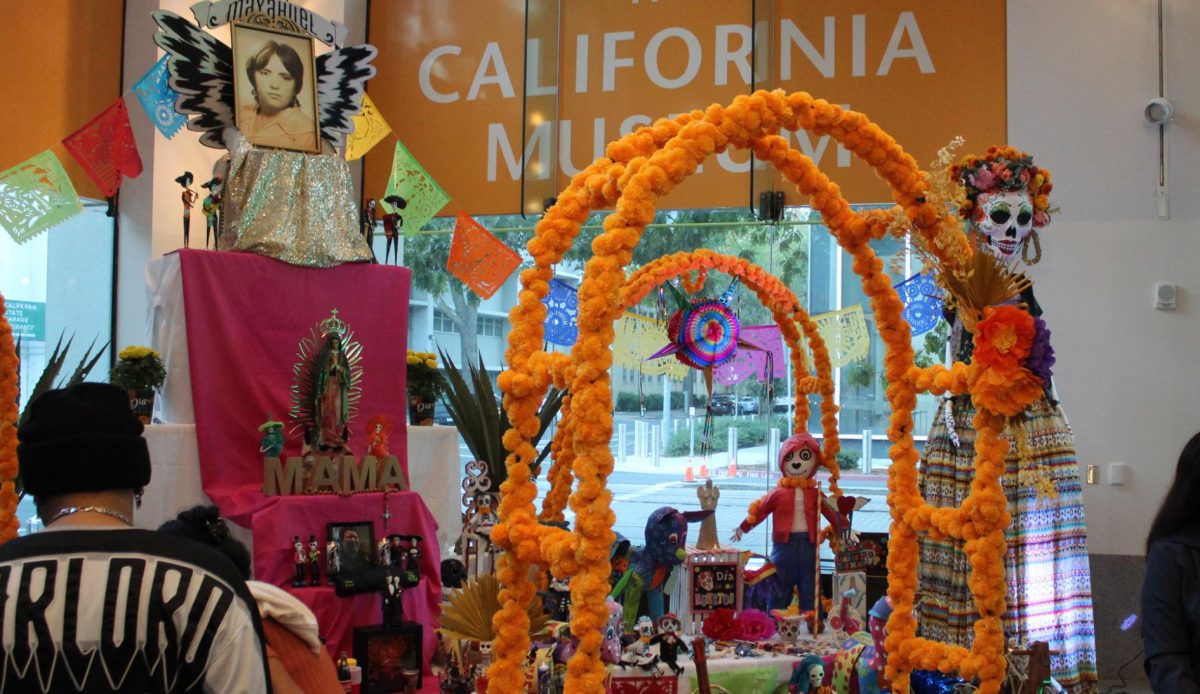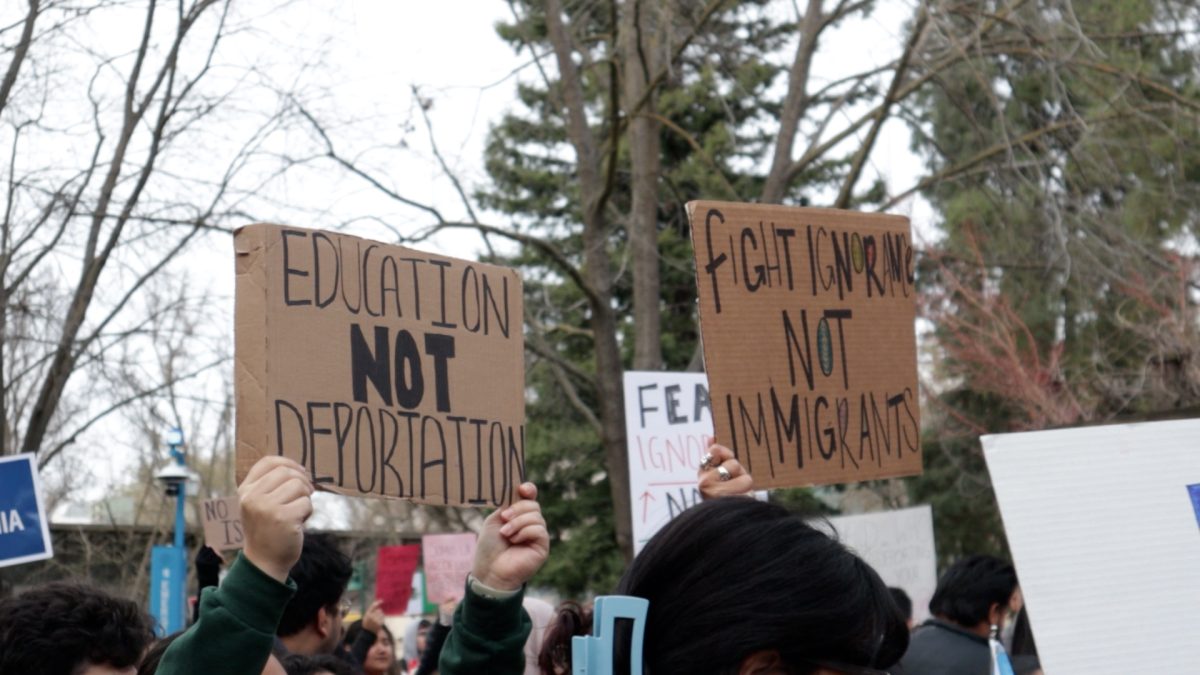U.S. colleges see grad rates slide
September 17, 2006
The United States boasts the world’s largest economy, its strongest army and perhaps the most diverse population in the world.
But when it comes to its citizens graduating from college, America can’t claim any similar superlative.
The United States has slipped behind other nations in the numbers of students who finish their degrees, according to a report released by the National Center for Public Policy and Higher Education, a California-based think tank.
And a significant generational gap is emerging.
Though the United States still ranks among the top nations in the proportion of 35 to 64 year olds with college degrees, it has dropped to seventh in the 25-to-34-year-old demographic.
Yet Penn officials say these statistics don’t reflect the University’s own graduation rates.
According to statistics from the Penn Office of Institutional Research and Analysis, the six-year graduation rate for both 2004 and 2005 was 94 percent.
Colleges throughout Pennsylvania are keeping up, too.
According to the Measuring Up 2006 State Report Card — a publication that assesses individual states’ performances in education — Pennsylvania received an A for degree-completion rates.
Across the nation, though, graduation rates are plummeting.
Education policy advisers say that there are several reasons for the decline, with financial and cultural factors contributing.
More and more lower-income students are heading to college, according to Tony Palz, a spokesman for the National Association of Independent Colleges and Universities.
But tuition rates are simultaneously spiraling up, he said, while federal grants are decreasing in value.
Ultimately, this means that more poorer students are heading to college but cannot afford to finish — which contributes to a higher drop-out rate, Palz said.
He added that the failure of student aid to keep up with students’ financial need has compounded the problem.
Meanwhile, America is experiencing the most diversity in college admissions in history, said Maybeth Gasman, a professor at Penn’s Graduate School of Education. But with more minority enrollment comes more families that are unable to afford tuition.
She added that it’s not always the case, but students from low-income backgrounds aren’t usually academically prepared for college.


